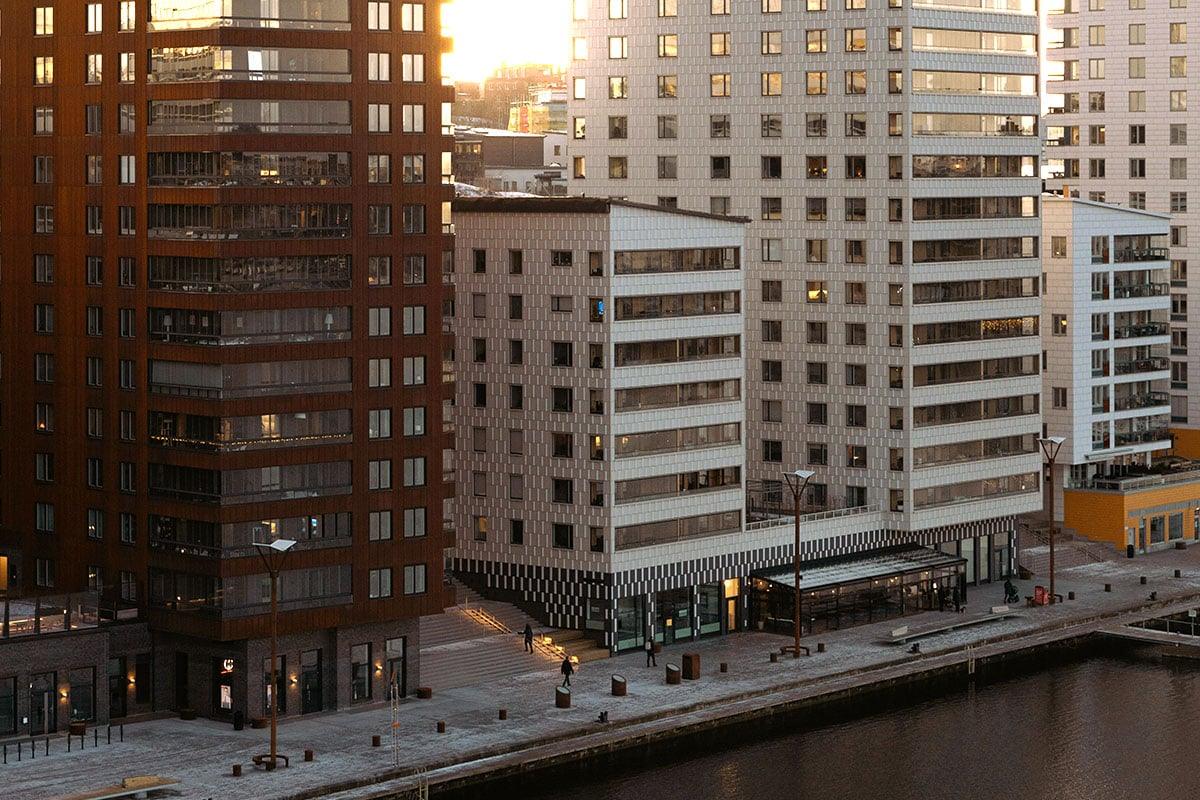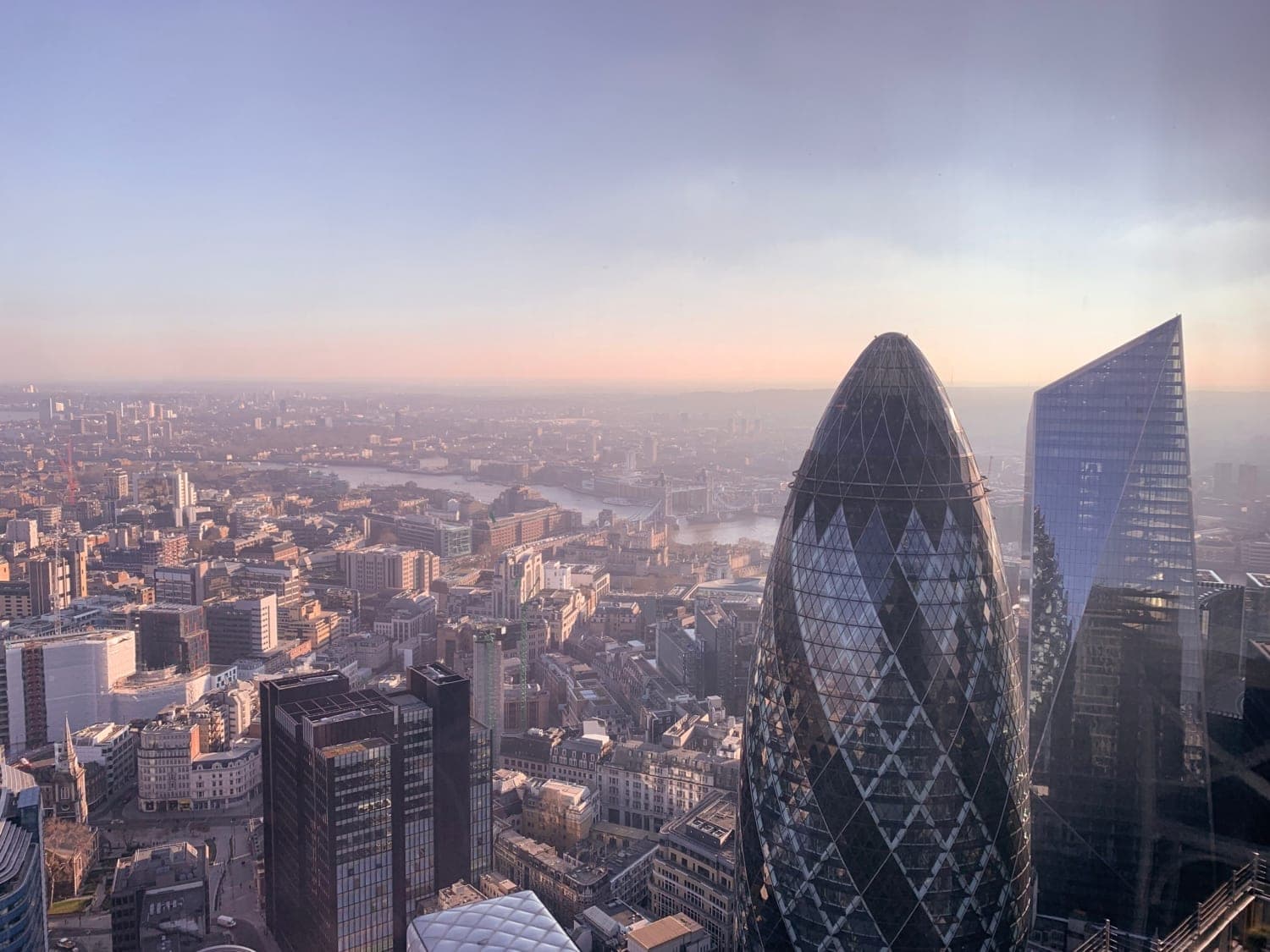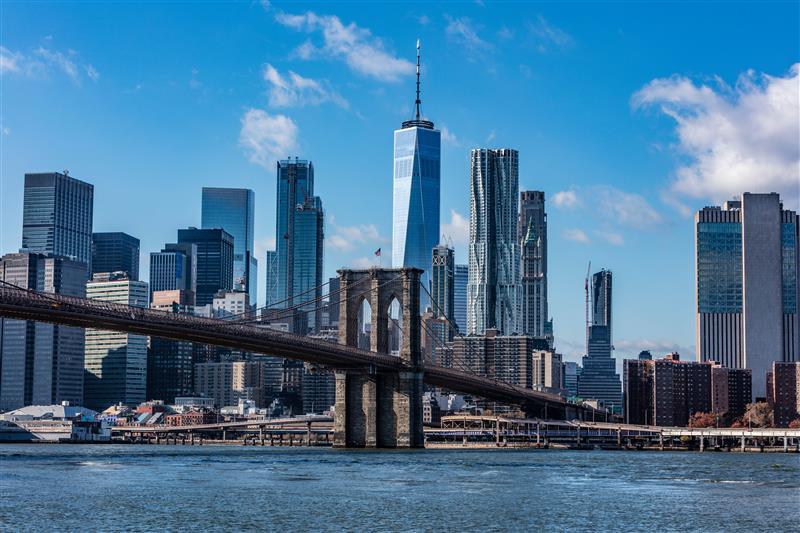
Thought
Climate Risk Is Financial Risk – What Is Our Fiduciary Duty at a 6-Degree Temperature Increase?
At our recent GRESB Regional Insights event in Stockholm, we hosted a panel discussion on the topic “Climate risk is financial risk – What is our fiduciary duty at a 6-degree temperature increase?”, which explored the possible impact of such a devastating scenario and resulting financial consequences. Four experts from various sectors of the real asset investment industry came together to discuss the challenges faced by investors in the current, and future, climate state.
A core message from the panel: The status quo is no longer enough, and a new level of risk-adjusted underwriting is now required.
Adjusting Investment Strategies to the New Climate Reality
Asset owners and investors can’t afford to focus solely on short-term gains without factoring in long-term sustainability risks. While we’ve made strides in disclosure and reporting, the time has come to move beyond awareness and into serious, concrete action which will protect asset value during the next investment cycles.
One of the key takeaways from the conversation was the question of how fiduciary duty evolves when we consider extreme warming scenarios. If we continue to base investment strategies on outdated models of 1.5-degree targets, we risk ignoring the realities of a world where we may breach 4 to 6 degrees of warming. What does “fiduciary duty” look like in that scenario? Our panellists challenged the industry’s traditional timelines for action, suggesting that the ongoing shift in temperature projections is a wake-up call for faster action. For example, holding onto outdated emissions targets from years ago might already be failing investors today. Ignoring these risks means higher long-term costs and more stranded assets.
What Will Lagging Behind Cost You?
There was much discussion on the mispricing of climate risk. Current valuation models don’t reflect the true cost of climate impacts, which leads to artificially high returns on new builds and, critically, downplays the risks of existing properties. If the impact of these risks are not factored in now, including them late will come at a much higher cost. This ties into a larger systemic issue: the lag between understanding risk and pricing it into the market. Many valuations are being done on short-term cash flows, often failing to consider the long-term impact of climate-related risks such as rising sea levels or more frequent natural disasters. Without these considerations, the yield gap is only going to grow.
It is well-that the real asset industry accounts for approximately 40% of global carbon emissions, with 11% directly related to the materials and construction processes. Yet, there is still no comprehensive carbon pricing mechanism, meaning that the financial return on building new structures is disproportionately high compared to the environmental cost. The solution? Greater focus on retrofitting existing buildings. The challenge is changing the mindset of investors to prioritise the refurbishment of older structures over shiny new projects.
Retrofitting Existing Buildings Outshines New Construction
The real opportunity – and challenge – lies in retrofitting what we already have, especially when considering 80% of the buildings that will exist in 2050 have already been built. A common misconception is that new, innovative structures like a 40-story wooden building automatically offer the most sustainable solution. While they capture attention, they often miss the larger picture and do not take into account the whole life cycle impact on both the building and its surrounding community. Those resources could perhaps be better deployed by adding two extra floors to 20 older buildings. This approach not only lowers embodied carbon, but also breathes new life into existing, possibly underutilised structures. Retrofitting offers immediate value by creating more usable space (which income can contribute to further retrofitting), while reducing the environmental footprint, making it a win for both investors and the community.
Seizing the Moment in a Climate-Driven Market
While the conversation certainly touched on the risks, it wasn’t all gloom. There was unanimous agreement that opportunities are abundant for those who can pivot now. Whether through retrofitting buildings, investing in low-carbon technologies, or capitalising on shifts in insurance premiums and regulatory pressures, those who act decisively stand to gain. Several of the panellists emphasised that we’re entering an era where “doing nothing” is no longer an option – and where inaction will cause a different set of negative financial implications.
Fiduciary duty includes taking climate risk seriously – not just as a disclosure, but as a financial imperative. Whether it’s rethinking how we value assets, planning for extreme climate events, or adapting portfolios to new realities, those who start today are far better positioned to weather the storm that is undoubtedly coming. The big takeaway: failing to address climate risks isn’t just an ethical lapse – it’s a financial one.
The EVORA team is here to help you tackle these challenges by providing expert guidance on integrating climate risk into investment strategies, ensuring portfolios are resilient, sustainable, and positioned for long-term success. Reach out to us if you want to know more.













